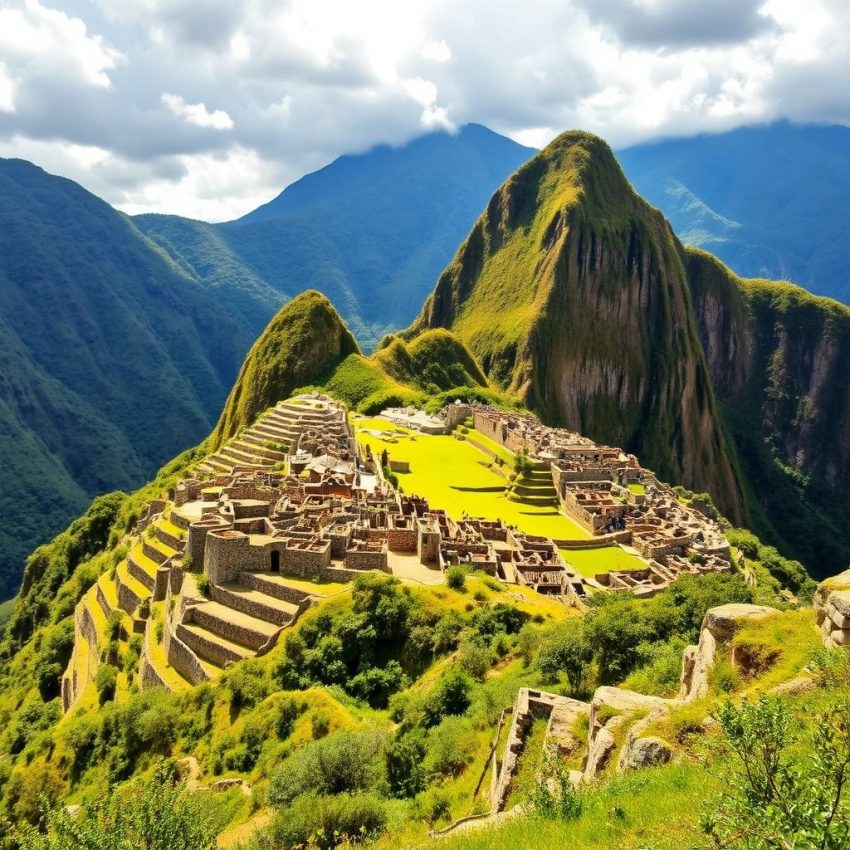Conquering the Inca Trail: How Hard Is It, Really? FAQs for Intrepid Travellers
The Inca Trail. Just the name conjures images of mist-shrouded mountains, ancient ruins, and a challenging but rewarding trek through the Peruvian Andes. But how hard is it really? This blog post answers the most frequently asked questions about the Inca Trail's difficulty, helping you determine if this iconic adventure is right for you.
1. What makes the Inca Trail challenging?
Several factors contribute to the trek's difficulty:
- Altitude: The trail reaches a maximum elevation of 4,200 meters (13,800 feet) above sea level. Altitude sickness can affect anyone, regardless of fitness level.
- Terrain: The trail is uneven, rocky, and includes steep ascents and descents, including thousands of Inca steps.
- Distance: The classic 4-day/3-night trek covers approximately 43 kilometers (26 miles).
- Weather: Conditions can change rapidly, from scorching sun to freezing rain.
2. What level of fitness is required?
While you don't need to be an ultra-marathon runner, a good level of fitness is essential. You should be comfortable hiking for several hours a day, carrying a daypack, and tackling uphill climbs. Regular exercise, including hiking and cardio, in the months leading up to the trek is highly recommended.
3. Can I train for the altitude?
Acclimatizing to the altitude is crucial. Spending a few days in Cusco (3,400m) or the Sacred Valley before embarking on the trek will help your body adjust. Consider incorporating hikes around Cusco into your pre-trek itinerary.
4. What about the Inca Trail porters?
Porters carry the bulk of the camping equipment, food, and supplies, significantly easing the burden on trekkers. However, you'll still need to carry a daypack with essentials like water, snacks, rain gear, and warm layers.
5. How long are the hiking days?
Daily hiking times vary but generally average 5-7 hours. The second day is typically the most challenging, featuring the highest pass, "Dead Woman's Pass."
6. What are the sleeping arrangements like?
You'll sleep in tents at designated campsites along the trail. While basic, these campsites offer stunning views and a sense of camaraderie with fellow trekkers.
7. What about bathroom facilities?
Basic toilet facilities are available at the campsites. However, be prepared for rustic conditions and bring your own hand sanitizer and toilet paper.
8. When is the best time to hike the Inca Trail?
The dry season (May to September) is the most popular time to trek, with clear skies and warm days. However, nights can be cold. The wet season (October to April) is less crowded but poses a higher risk of rain and mud. The trail is closed in February for maintenance.
9. Do I need a permit?
Yes, permits are required and must be booked well in advance, often several months ahead, especially during peak season. Booking through a reputable tour operator is essential.
10. Is the Inca Trail worth it?
Absolutely! Despite the challenges, the Inca Trail offers an unparalleled experience. Trekking through breathtaking scenery, exploring ancient Inca ruins, and finally arriving at Machu Picchu through the Sun Gate is an unforgettable adventure.
So, is the Inca Trail hard? Yes, it can be. But with proper preparation, acclimatization, and a positive attitude, it's an achievable and incredibly rewarding challenge. Are you ready to embark on this once-in-a-lifetime journey?
Don’t miss out on this exclusive deal, specially curated for our readers!
This page includes affiliate links. If you make a qualifying purchase through these links, I may earn a commission at no extra cost to you. For more details, please refer to the disclaimer page. disclaimer page.

